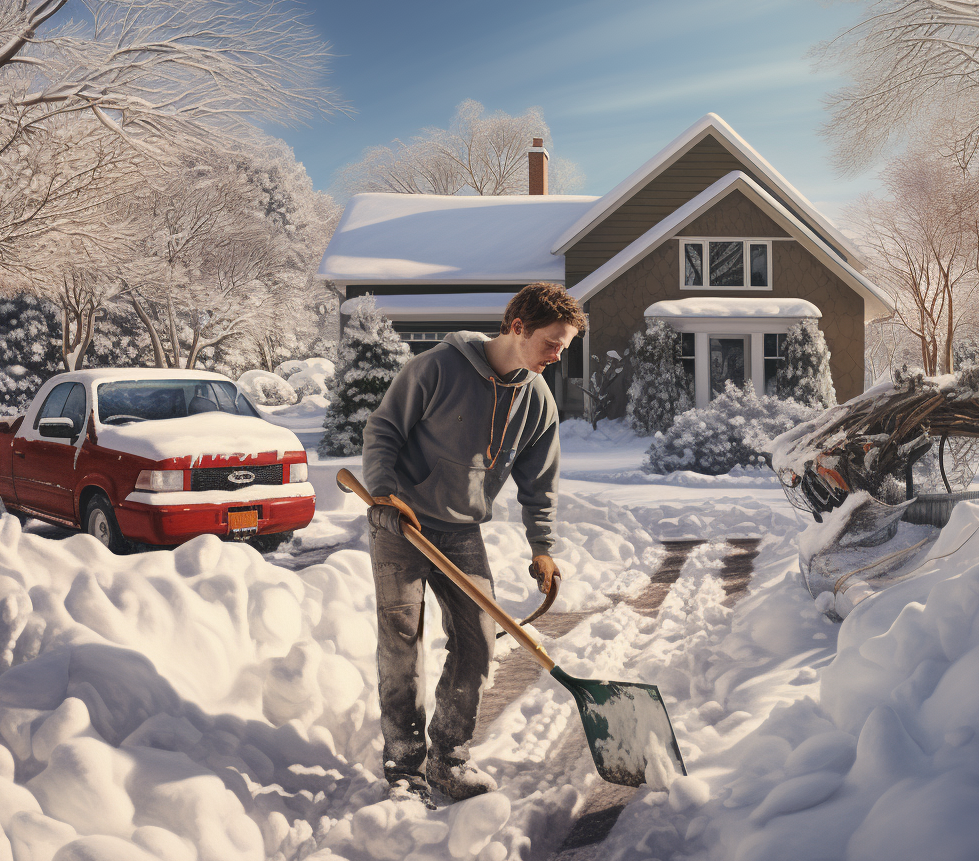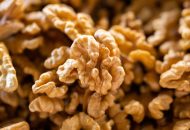How to Shovel Snow Without Getting Hurt

WASHINGTON — Waking up to a beautiful snowy day was fun when you were a kid. As an adult, it means work. While the kids get to play, you’re responsible for shoveling your driveway or walkway, or digging your car out from under a mound of the white stuff. If you’ve ever headed out, shovel in hand, and come home with an aching back or twisted shoulder, you’re not alone.
Shoveling snow doesn’t have to be painful; you just need the right equipment and technique. When done correctly, it’s a fun, seasonal workout. Afterward, you can head inside, stretch, and enjoy the view. Here is what you need to know for an injury-free snow day.
Get the Right Equipment
If you’re tackling the shoveling on your own, you may want to invest in an electronic shovel or snow blower. If you’re going the manual route, choose a shovel with a long or adjustable handle. A curved handle can promote good posture, so you don’t have to bend over too much.
Be sure to wear well-fitting boots. Boots with a wide toe box and supportive sole let your feet lay naturally so you can push into the ground. Actively pushing into the ground helps you engage the muscles in your legs and glutes, taking some pressure off your lower back.
Warm Up First
Shoveling snow looks simple but can be intense. People often tweak their lower backs or shoulders by jumping right into it. Consider it a full-body workout, and take the time to warm up your spine, joints and core.
Sample Snow Shoveling Warm-Up
- Shoulder Circles: Perform five large circles with each arm going forward and backward.
- Cat-Cow: Start in a hands-and-knees position. Inhale, arch your back, drop your stomach towards the floor, and look up slightly. Exhale and push the floor away, curling your back and tucking your chin to your chest. Continue for five of each movement.
- Dead Bugs: This is a quick core exercise that warms up your hips while activating your abs.
-
- Lay on your back and reach your arms up to the ceiling. Bend your knees and lift your legs so your shins parallel the ceiling. Draw your navel to your spine to engage your abs and push your lower back into the floor.
- Reach your right arm back as you straighten your left leg. Return to the starting position and repeat on the other side. Continue for 10 total.
- As you reach your limbs away, keep your lower back on the floor to keep your abs engaged.
Technique: Use Your Lower Body
You’re all bundled up, and you’ve got your ergonomic shovel: time to head outside.
The most common mistake people make when shoveling is curling their spine as they bend over and pushing with their arms. Pushing against resistance while your spine is curved can lead to tweaking your back. Using only your arms can aggravate your shoulder, elbow and wrist joints.
Instead, think of engaging all the muscles around your joints. If you need to get lower, get into a slight squat position. Bend your knees and sit your hips back. Keep your spine straight, abs engaged and chest up.
Pull your shoulders down to engage your lats. Keep your elbows slightly bent as you hold your shovel and keep it close to your body.
With your knees, hips, and elbows slightly bent, you allow your muscles to work and help you push the snow. Push your feet down and maintain this position as you push your shovel forward.
Start slow and push a little bit of snow at a time. It may be tempting to get it over with, but going slow and staying engaged can help you avoid injury. If one side gets tired, switch to your other side, but continue to maintain muscular tension.
Focus on pushing all of the snow rather than scooping and lifting. Depending on how much snow there is, you may need to lift at some point. Use the same form, engage your legs, hips, glutes and abs to help you get lower to scoop, and push through your legs to stand up as you lift the shovel. Keep your shoulders down and engaged even as you pick up and dump the snow.
Post-Shovel Stretch
When the hard work is over, head inside for a cool-down stretch. Perform the same shoulder circles and cat-cow movements from the warm-up. Finish with some glutes, hips and leg stretches as well. Drink plenty of water, and refuel your muscles with a protein-rich snack or meal.
Feeling some soreness later or the next day is normal — delayed onset muscle soreness occurs when you do a new or different exercise. If you end up with back pain or an injury, you may want to see a doctor to be safe.
Engaging in resistance training outside of shoveling snow can help you learn fundamental movements like a squat and hip hinge. You’ll strengthen your muscles during training, so when it comes time to engage them in shoveling snow, you may have an easier time.
Pain-Free Snow Days
As we head into winter, snowy days are on the horizon. Be prepared for shoveling by strengthening your lower body and core and head into it with the correct technique.
Hiring someone to shovel may be the best bet for people who may be older, injured, or have chronic back conditions. If you opt for shoveling yourself, we hope our guide sets you up for success!
You can reach us at [email protected] and follow us on Facebook and X (formerly known as Twitter)
























